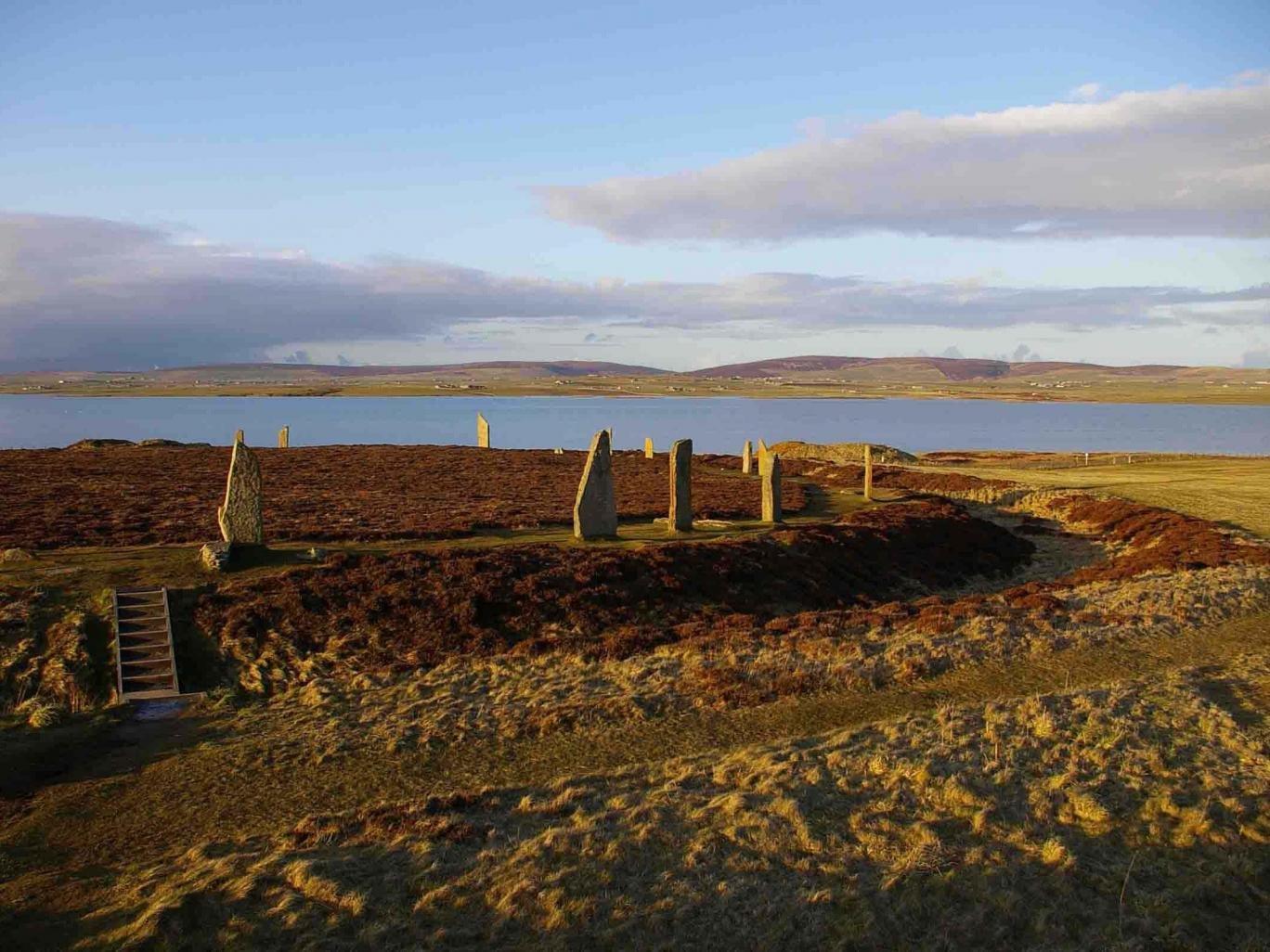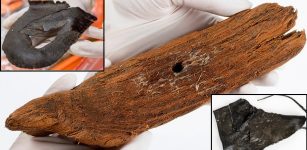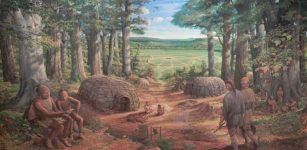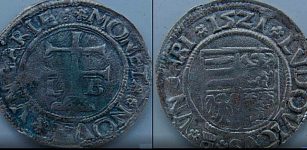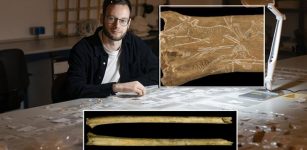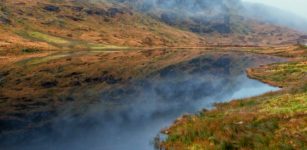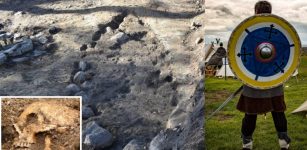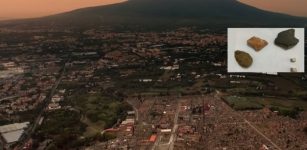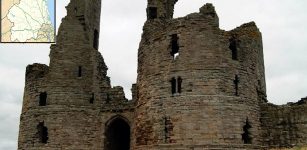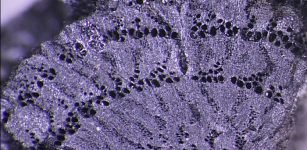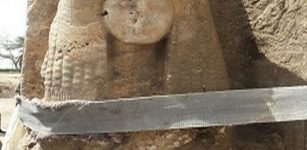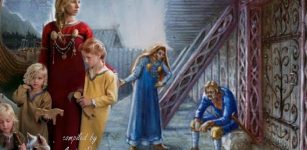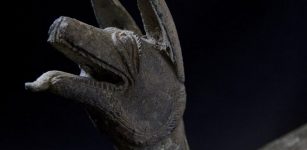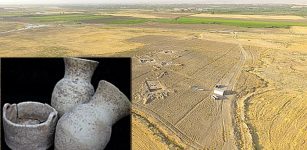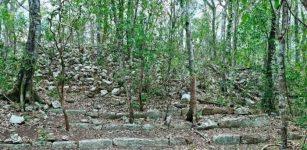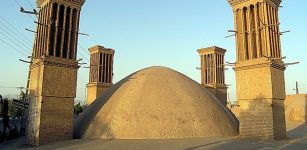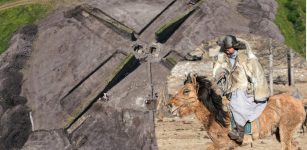Mysterious Scottish Stone Circles On Orkney Were Used To Something Very Different Than Previously Thought
Conny Waters - AncientPages.com - On the Scottish islands of Orkney there are several ancient monumental buildings that have forced historians to rethink their knowledge about ancient Britain.
It has long been assumed that special spots like for example the intriguing Ring of Brodgar that is one the finest known truly circular late Neolithic or early Bronze Age stone ring were places where ancient people met to celebrate summer and winter solstices, and pay tribute to the dead.
Ring of Brodgar - Image credit: Visit Orkney
However, new research shows there was surprising competition between communities and there is reason to re-consider our knowledge about ancient customs and beliefs in Scotland. The history of Neolithic Orkney is not quite what we previously thought.
Professor Alex Bayliss, from Historic England and Professor Colin Richards of the University of the Highlands and Islands in Kirkwall have conducted a study, gathering much more precise estimates of the timing and duration of events in the period around 3200-2500 BC by examining more than 600 radiocarbon dates. The study has been published in the journal Antiquity and is part of a wider project called The Times of Their Lives.
Choices Were Important To Ancient People
Researchers have discovered that rapid changes in settlements and monuments indicate that there were rivalries and tension between social groups.
This was played out in how they buried their dead and in their communal gatherings and rituals.
Choices played an important role in the lives of Neolithic people.
“People in the Neolithic made choices, just like us, about all sorts of things – where to live, how to bury their dead, how to farm, where and when to gather together – and those choices are just beginning to come into view through archaeology,” Professor Bayliss said.
Orkney Was Not A Village But A Gathering Place
In modern times, visitors come from all over the world to admire the wonderfully preserved archaeological remains of Orkney, but in few of us know what life looked like here in Neolithic times.
See also:
Picts: Facts And History About Mysterious People Of Northern Scotland
Incredible 5,000-Year-Old Temple Complex In Orkney Could Re-Write History Of Scotland
One Of The Biggest Bronze Age Settlements On Orkney – Discovered
According to Professor Bayliss, a “melting pot” of communities are believed to have lived in Orkney during this period, “working together to create this great monumental landscape and living with their differences”, until tensions caused a breakdown between them.
The relatively rapid changes in the stone monuments identified by the researchers seem to show a conflict of ideas about certain rituals, including how to bury the dead.
The Ring of Brodgar originally had 60 stones, but now has 27. Image credit- Colin Richards, Historic England
These tribes would appear to have been able to put aside their differences for the occasional bit of revelry though, at least for a while, and people might have settled here from as far away as Belgium.
That's hinted at by the Orkney voles that don't live in Britain and can't have lived through the last ice age – it's possible that they were brought over from Belgium before 3000 BC.
Whether or not it was the Orkney nightlife that tempted them over remains to be seen.
Orkney was not a village. It was used as a gathering place. “Each stone in the Ring of Brodgar is from a different stone or area of the island, so it's almost like each village brought its own stone there,” Professor Bayliss said.
Not only did people come here to celebrate winter and summer solstice, or bury their relatives, but it often happened one came here to meet a partner.
The islands are home to renowned sites such as the Skara Brae settlement, Maeshowe passage grave, the Ring of Brodgar – which originally had 60 stones and is 104 meters in diameter - and Stones of Stenness circles, which were granted UNESCO World Heritage status in 1999. All these magnificent places hold important clues that help us unravel mysteries of the ancient past.
Written by Conny Waters - AncientPages.com Staff Writer
Expand for references

